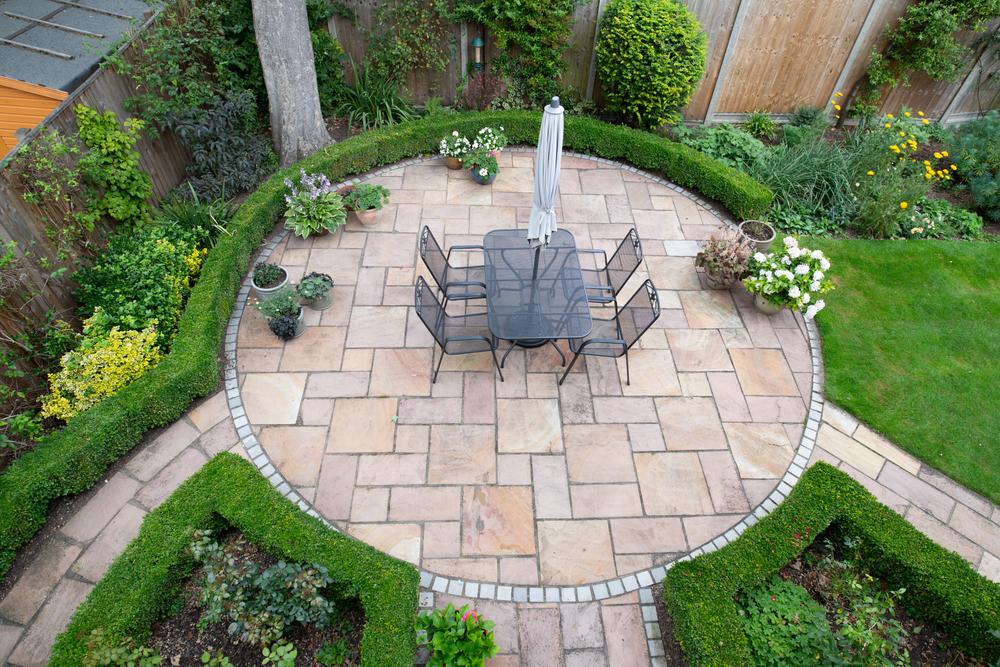
Designing Outdoor Living Spaces That Withstand Utah’s Climate
Utah is known for its dramatic landscapes and equally dramatic weather. From blazing hot summers to snowy winters, homeowners face the challenge of creating outdoor living spaces that remain functional, comfortable, and attractive year-round.
Many families want patios, pergolas, and outdoor kitchens that don’t just look beautiful but can withstand Utah’s extreme shifts in temperature and weather conditions. This article explains how to design durable, climate-conscious outdoor spaces that thrive in Utah County’s unique environment.
Why Utah’s Climate Affects Outdoor Living Spaces
Before diving into design strategies, it’s important to understand the challenges:
Hot, dry summers can cause materials like wood or certain plastics to warp, fade, or crack.
Freezing winter temperatures and snow buildup damage porous stone or poorly sealed surfaces.
Spring and fall bring rapid weather swings, demanding versatility in outdoor design.
Utah County is semi-arid, so water conservation and sustainable landscaping are essential.
Homeowners who want a long-lasting outdoor living area need to plan for these conditions from the very beginning.
Key Elements of Climate-Resistant Outdoor Design
There are several important considerations when building outdoor spaces in Utah. Each decision influences how well your backyard will perform across the seasons.
Choose Durable Materials
Stone and Pavers: Flagstone, concrete pavers, and sealed natural stone resist heat and freezing cycles better than untreated stone.
Composite Decking: More resistant to warping, cracking, and fading than traditional wood.
Metal Accents: Powder-coated steel or aluminum stand up well to sun and snow compared to untreated wood.
Provide Shade and Shelter
Pergolas and gazebos offer relief from summer sun while adding architectural character.
Retractable awnings or shade sails give flexibility for spring and fall when conditions vary.
Covered patios extend the use of outdoor kitchens and dining areas even during light rain.
Incorporate Weather-Resistant Furniture
Opt for outdoor-rated fabrics with UV protection and mildew resistance.
Aluminum and resin wicker hold up better than untreated wood or iron in Utah’s extremes.
Cushions with removable covers make seasonal storage easy.
Focus on Sustainable Landscaping
Use native plants that thrive in Utah’s dry climate.
Install efficient drip irrigation systems to reduce water waste.
Consider xeriscaping elements around patios to minimize lawn care needs.
How to Design an Outdoor Living Space for Utah’s Seasons
Here’s a step-by-step guide to ensure your outdoor living area is built to last.
Plan Around Microclimates
Every yard has sunnier, windier, or shaded areas. Position patios or seating where conditions are most favorable.Design for Four-Season Use
Add features like fire pits, outdoor heaters, or windbreaks to make the space usable in cooler months.Layer Your Lighting
LED string lights, path lights, and built-in fixtures provide ambiance while withstanding snow and rain.Think Drainage First
Utah’s spring snowmelt and summer storms require sloped surfaces and proper drainage to avoid flooding patios or damaging retaining walls.Invest in Quality Installation
Even the best materials fail if improperly installed. Work with professionals who understand Utah County’s soil, freeze-thaw cycles, and water restrictions.
FAQs
What materials work best for Utah patios?
Concrete pavers, sealed natural stone, and composite decking perform best in Utah’s freeze-thaw climate.How do I protect outdoor furniture from Utah weather?
Use furniture designed for outdoor use with UV- and moisture-resistant fabrics. Store or cover cushions in winter.Is xeriscaping a good idea for outdoor living spaces?
Yes, xeriscaping with drought-tolerant plants reduces water usage and pairs well with patios and seating areas.Can outdoor kitchens survive Utah winters?
Absolutely, if built with durable materials and appliances rated for outdoor use. Winterizing plumbing and gas lines is key.What’s the best way to create shade in a Utah backyard?
Pergolas, covered patios, and retractable awnings provide year-round comfort while protecting surfaces from sun damage.
Conclusion
Designing an outdoor living space in Utah requires more than just style—it demands durability and climate-awareness. By choosing the right materials, incorporating shade, planning for all four seasons, and investing in quality installation, homeowners can enjoy beautiful, functional outdoor areas year after year.
For those who want expert guidance, working with a Utah County landscaping professional ensures your project is customized for both beauty and longevity.